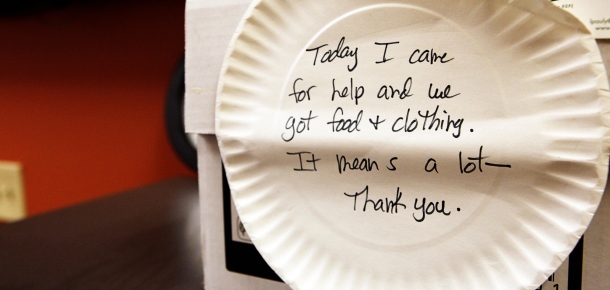Three out of every 10 girls becomes pregnant by the age of 20, in the United States.
Even more sobering, the United States has the highest rate of teen pregnancy and births of any industrialized country: birth rates here are 1.5 times higher than the United Kingdom which has the highest rate in Europe; three times higher than our northern neighbor Canada; and seven times higher than Denmark and Sweden.
On the National Day to Prevent Teen Pregnancy, teens are asked to participate in online activities at stayteen.org to help understand that unplanned pregnancy can happen to them and that they need to think seriously about what they would do in the moment. (The national day this year was May 5.)
Overall, current teen pregnancy and teen birth rates are encouraging. Since the early 1990s, teen pregnancy and birth rates have fallen. However, they began to rise again in 2006 and, even accounting for a 2 percent decrease between 2007 and 2008, the rates are still higher than the lowest levels in 2005.
Research has consistently shown that the most effective sexuality education programs are:
- Comprehensive
- Medically accurate
- Encompass the message that abstinence is the only sure way to prevent unplanned pregnancies and sexually transmitted infections
- Provide the knowledge and skills to prevent pregnancy and sexually transmitted infections
Between 2008 and 2009 a team from the Division of Adolescent Medicine at Cincinnati Children’s worked with the Ohio Department of Health to establish guidelines for sexual health education for middle and high school students in Ohio.
The resulting guidelines are currently posted on the website of the Ohio Department of Health.
We encourage parents to talk to their children and also to find out what is being taught in the health education classes in schools.
Adults underestimate the influence they have over teens’ decisions about sex and overestimate the influence of friends and the media.
The majority of teens actually list parents as their first and most influential choice when seeking information about sexuality topics. Parents may worry that saying “Don’t have sex, but use contraception if you do,” will inadvertently encourage teens to have sex. But it is really important to know that multiple national surveys have found this isn’t the case at all. In fact, in one survey, three quarters of teens specifically said that this message would not encourage them to be sexually active.
Sometimes, it can be hard to start these conversations with teens, but we, as healthcare providers, can help parents approach the topics rationally and with good information.
Since teen pregnancy and parenthood are associated with a higher chance of dropping out of school, poorer paying jobs, and living in poverty, reducing teen pregnancy has the potential for improving long-term outcomes and opportunities for teens.
Teens and parents can get accurate information and access reproductive health services through the Teen Health Center at Cincinnati Children’s.
Paula K. Braverman, MD, is the Director of Community programs in the Division of Adolescent Medicine at Cincinnati Children’s. Dr. Braverman serves as the Medical Director at the Hamilton County Juvenile Court Youth Center and observes community health education programs.





My wife and i recently found out our 15 year old daughter is pregnant by a 17 year old boy. We have no idea where to turn for answers on how to deal with this. Can you offer any advice on where to start. We live in Cincinnati and any help would be greatly appreciated. Thank You.